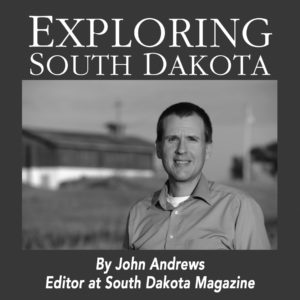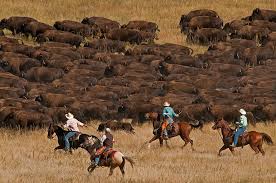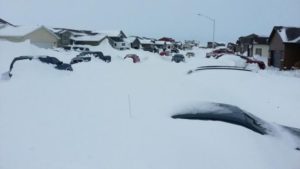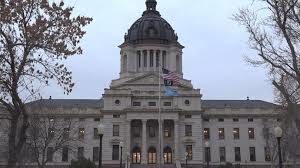By U.S. Sen. Mike Rounds (R-S.D.)
As COVID-19 continues to spread across the world, many are concerned about access to healthcare. Fortunately, tele-health services have become more common and are especially helpful for people living in rural areas, where a clinic or hospital may be many miles away.
As we seek to limit the COVID-19 outbreak by encouraging keeping your distance from others, video chats or phones calls with medical professionals have become easy and helpful ways to receive care, all from the comfort of our homes.
The best way to prevent getting COVID-19 is to avoid potential exposure. This means not going to busy restaurants or events where there are large groups of people.
It also means that if you feel ill, you should call, email or video chat with your doctor before going to their office to minimize the chance of spreading any illness to others.
Tele-health services allow patients to receive quality medical care without traveling to a doctor’s office or hospital, where they could get others sick.
As we know, seniors are especially susceptible to COVID-19. Earlier this month, the Trump administration announced that Medicare would immediately expand coverage to tele-health services across the nation.
This will allow seniors with health problems to stay home and avoid additional risk of exposure to coronavirus.
This is a win-win for patients and health care providers during this time of crisis.
Since South Dakota is a large, rural state where families can live a hundred miles or more from a healthcare facility, expanding tele-health services has been a priority of mine.
I’m a cosponsor of the CONNECT for Health Act, which would allow for permanent expanded tele-health services for Americans who utilize Medicare.
Our bipartisan bill would allow for certain current geographic restrictions and service restrictions to be waived, and would allow rural health clinics to provide tele-health services so that tele-health is accessible to even more individuals.
Earlier this month, the Senate passed legislation aimed at providing resources to state and local governments in their efforts to combat the coronavirus.
This legislation, which passed with bipartisan support, included language that waived certain federal restrictions preventing Americans from receiving tele-health care from some facilities. Now a number of options are available for South Dakotans wanting to connect with a doctor via video chat or phone call.
Both Avera and Sanford Health offer tele-health services to their patients. Monument Health in Rapid City is part of the Mayo Clinic Care Network. Providers at Monument are able to participate in e-consultations with providers at the Mayo Clinic to come up with the best treatment plans for their patients in Rapid City.
The VA also offers tele-health services for veterans.
Avera recently opened the Helmsley Telehealth Education Center in Sioux Falls which will offer a national telehealth certification program so medical staff can learn the best methods for providing tele-health care.
As we continue to deal with COVID-19 and keep our distance from others, tele-health appointments are a good way for patients to seek medical attention without physically visiting a medical facility.
They’re also more affordable than a visit to the hospital.
We’ll continue working on legislation that makes it easier to access health care when you need it, no matter if you’re located in a rural or urban area.
It’s important that we all take care of our health during this COVID-19 outbreak, and tele-health appointments can help more people receive quality care.





